Short Communication
Volume 2 Issue 1 - 2017
Communication skill or Communication kills-The Dental Perspective
Associate professor in Deportment of Conservative Dentistry and Endodontics, Government Dental College and Hospital, Mumbai, India
*Corresponding Author: Manoj Ramugade, Associate professor in Deportment of Conservative Dentistry and Endodontics, Government Dental College and Hospital, Mumbai, India.
Received: November 23, 2017; Published: November 29, 2017
Medicine is the branch of science where health professionals provide the health services to patients through their subject knowledge, skills, experience and good communication. A good communication and empathetic talk usually relieves the patient's mental tension and generate positive approach towards better health. The purpose of good doctor-patient ccommunication is to identify and assess the nature of patient's physical and mental status of health and thus to improve patient's health care and medical services. [1]
A health professional should be a good communicator. Doctor should have open mind, a good listening ability, attentive and sympathetic attitude towards the patients. Doctor must encourage the patient to narrate their own experiences, thoughts and imaginations regarding their disease and the health. Similarly, they have to be attentive all the time through the non-verbal communicative actions which include good eye to eye contact with patient, replying or answering to patients by using leading questions and through clues. [2,3]
Communication is the prime thing that matters the patient a lot because lack of their knowledge in the particular medical field. A doctor who possess a good communication skill can talk through the toughest medical process with ease. Patient are usually anxious when they go to a dentist. Thus, especially in dentistry the communication is the only tool to grab the attention of the patients and to gain confidence at their first visit. It is also an important factor which may convert patient's negative behavior into positive attitude towards their oral health especially in child patient.
A famous saying by Terry Canale, “The patient will never care how much you know, until they know how much you care." Good doctor-patient communication has the potential to help and regulate the patient’s emotions, facilitate comprehension of medical information and permits better identification of patient needs, perceptions as well as their expectations. Patients having good rapport with their doctor not only satisfy the patient with their care and services but also help to share patient's pertinent information for accurate treatment and allow patient's participation in decision making in their treatment plan. [4,5]
The basic Communication Skills includes;
- The verbal communication
- The Body Language
- Micro Expressions
1. Verbal Communication
It is the first and most important step in understanding the patient's need and identifying the basic problems. Usually a communicator is responsible for conveying the right message to the receiver, but in Doctor- Patient communication it’s the other way around. Doctor needs to interpret the message correctly and accordingly should start the conversation correctly. If the receiver is not able to interpret the message correctly then first he has to calm the patient rather than modulating the voice or expressing awkwardness through their body language.
It is the first and most important step in understanding the patient's need and identifying the basic problems. Usually a communicator is responsible for conveying the right message to the receiver, but in Doctor- Patient communication it’s the other way around. Doctor needs to interpret the message correctly and accordingly should start the conversation correctly. If the receiver is not able to interpret the message correctly then first he has to calm the patient rather than modulating the voice or expressing awkwardness through their body language.
2. Body language
Many times the dental patients are apprehensive, shy or are unable to start the verbal communication, in that case rather than waiting, the receiver should start the body language analysis and accordingly make him comfortable. Making the patient relax and making him friendly with doctor more often helps the doctor with the treatment and helps the patient with the post treatment.
Many times the dental patients are apprehensive, shy or are unable to start the verbal communication, in that case rather than waiting, the receiver should start the body language analysis and accordingly make him comfortable. Making the patient relax and making him friendly with doctor more often helps the doctor with the treatment and helps the patient with the post treatment.
3. Micro expression
It’s the most uncommon and difficult technique. Micro expressions are the tiniest and are the for parts of seconds or moment. It can be movement of eyebrows, vocal cords, cheeks etc. The first two are the most common process and mostly used routinely in Doctor- Patient Communication.
It’s the most uncommon and difficult technique. Micro expressions are the tiniest and are the for parts of seconds or moment. It can be movement of eyebrows, vocal cords, cheeks etc. The first two are the most common process and mostly used routinely in Doctor- Patient Communication.
Conclusion
Majority of issues or complaints are not related with the work or skill of doctor but due to communication gap or miscommunication. Patient’s expectations from doctor are to get diagnosed and treated their disease with sympathetic and friendly way. The objective of chair side communication in dental field is to create a better doctor-patient relationship and allow exchange of information regarding patient’s diseases, treatment plan and permits patient's will in decision making in their treatment. Thus, role of communication always remain of prime importance and cannot be neglected in the field of dentistry.
References
- Bre´dart A., et al. “Doctor-patient communication and satisfaction with care in oncology”. Current Opinion in Oncology 17.14 (2005): 351-354.
- Lee SJ., et al. “Enhancing physician patient communication. Hematology”. American Society of Hematology. Education Program (2002): 464-483.
- Arora N. “Interacting with cancer patients: the significance of physicians’ communication behavior”. Social Science & Medicine 57.5 (2003): 791-806.
- Henrdon J and Pollick K. “Continuing concerns, new challenges, and next steps in physician-patient communication”. The Journal of Bone and Joint Surgery. American Volume - Journals 84. A2 (2002): 309-315.
- Platt FW and Keating KN. “Differences in physician and patient perceptions of uncomplicated UTI symptom severity: understanding the communication gap”. International Journal of Clinical Practice 61.2 (2007): 303-308.
Citation:
Manoj Ramugade. “Communication skill or Communication kills-The Dental Perspective”. Oral Health and Dentistry 2.1
(2017): 323-325.
Copyright: © 2017 Manoj Ramugade. This is an open-access article distributed under the terms of the Creative Commons Attribution License, which permits unrestricted use, distribution, and reproduction in any medium, provided the original author and source are credited.













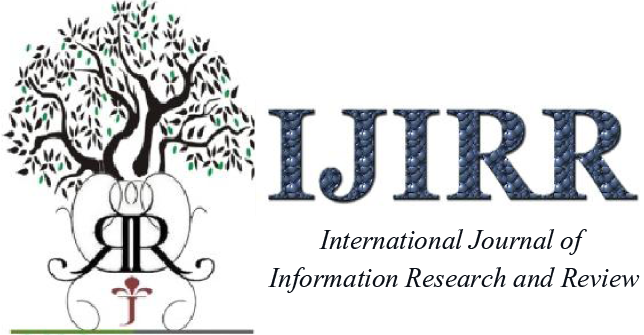



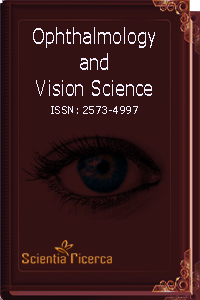
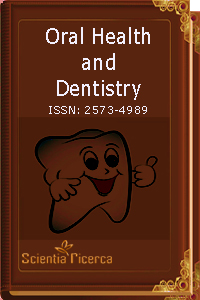
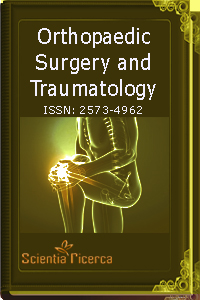

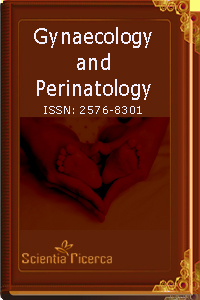
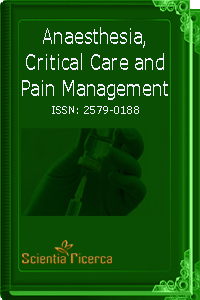
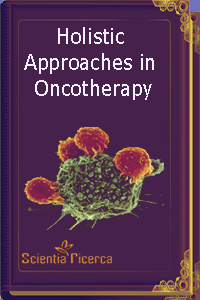
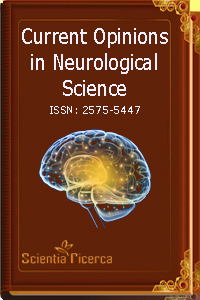
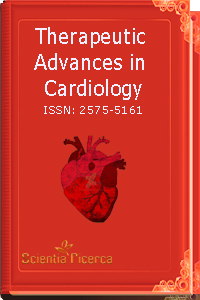

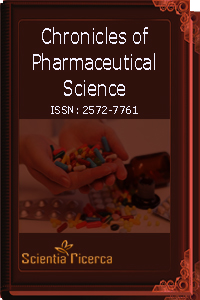

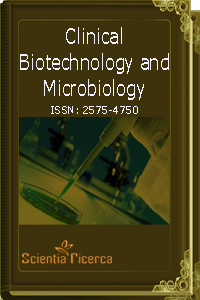
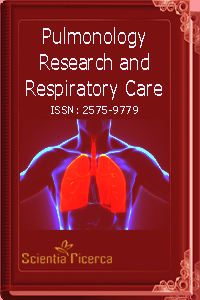
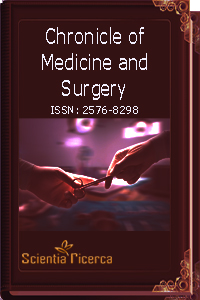
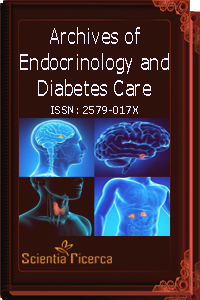
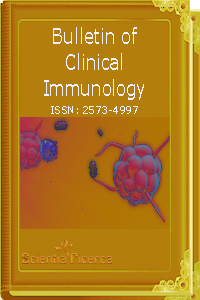
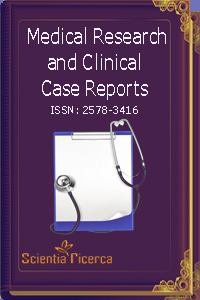
 Scientia Ricerca is licensed and content of this site is available under a Creative Commons Attribution 4.0 International License.
Scientia Ricerca is licensed and content of this site is available under a Creative Commons Attribution 4.0 International License.